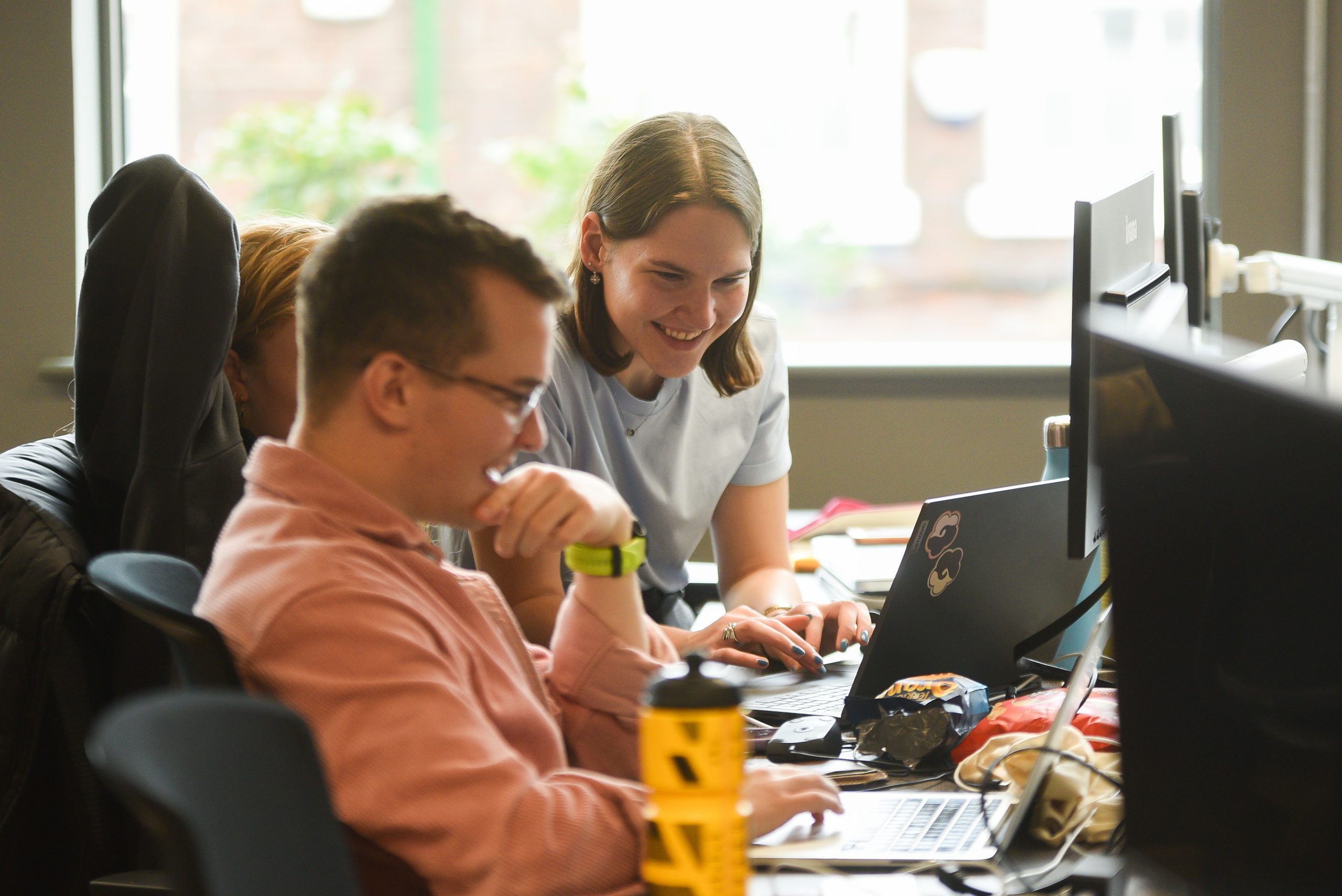
How does remote working impact agile delivery?
Grayce Analyst, George Godwin explores the impact of lockdown on Agile ways of working in financial services.
The International Monetary Fund recently published a report called 'The Great Lockdown' which forecasts a 3% contraction of world GDP in 2020. As the superlatives run out, we find the COVID-19 pandemic has left many organisations and the general population in unchartered territory. This has resulted in over 100 countries in full or partial lockdown, fiscal and monetary bailouts, market volatility not seen since the 2008 crash, and personal worry.
On top of this, across the UK it has now become mandatory (excluding critical workers) to work from home which has brought about its own challenges which we will consider below. These challenges are perhaps most pronounced in an [1] agile organisation like my financial services client, where we value continuous feedback, knowledge sharing, and team empowerment.
As a Project Management Analyst, I work on two financial transformation projects and a data strategy programme in Business Change. My own experience aside, it is difficult to tell whether velocity [2] has been affected by working from home as our teams have only started to approach the end of the second sprint [3] whilst in lockdown.
Over recent weeks, new people have joined the teams and sprint lengths have changed. Consequently, our variables have not remained constant for comparison. In contrast, the general feeling from the financial transformation and data teams is that less distraction from the office and no commute has meant more time to spend on software delivery during the day. This has proven to be a noticeable benefit for agile projects.
Inevitably, clear collaboration and continuous communication have been impacted by two common factors. Firstly, Microsoft Teams [4] and Office E-mail both replacing face-to-face meetings and stand-ups has led to a slowdown in trouble shooting and greater difficulties in tracking the progress of tasks.
Secondly, employees have had issues with their home setup including network and connectivity. As we continue in quarantine over the next few weeks, the efficacy and longevity of remote working will become clearer.
My client has made concerted efforts to address these issues. These have included the implementation of new collaboration tooling (MS Teams) as part of their digital programme. This is an initiative that over 24 months would promote agile ways of working with the 'work anyplace, anytime' ethos. Quite a timely implementation I might add! Employees can now also make use of Windows 10 laptops, full Teams functionality and cloud-based document sharing.
In conclusion, an agile environment should encompass commitment, collective team spirit and collaboration. For aspiring agile firms to maintain and even foster competitive advantage in The Great Lockdown, there must be an awareness of the critical risks and opportunities that are associated with working from home.
[1] a time boxed, iterative approach to software delivery that builds software incrementally from the start of the project.
[2] measurement of the work a team can do in a single sprint.
[3] a timeboxed period a team is given to complete work
[4] a chat-based collaboration tool that provides global, remote, and dispersed teams with the ability to work together and share information via a common space. You can utilize cool features like document collaboration, one-on-one chat, team chat, and more.
Find out more about how Grayce can support your organisation




